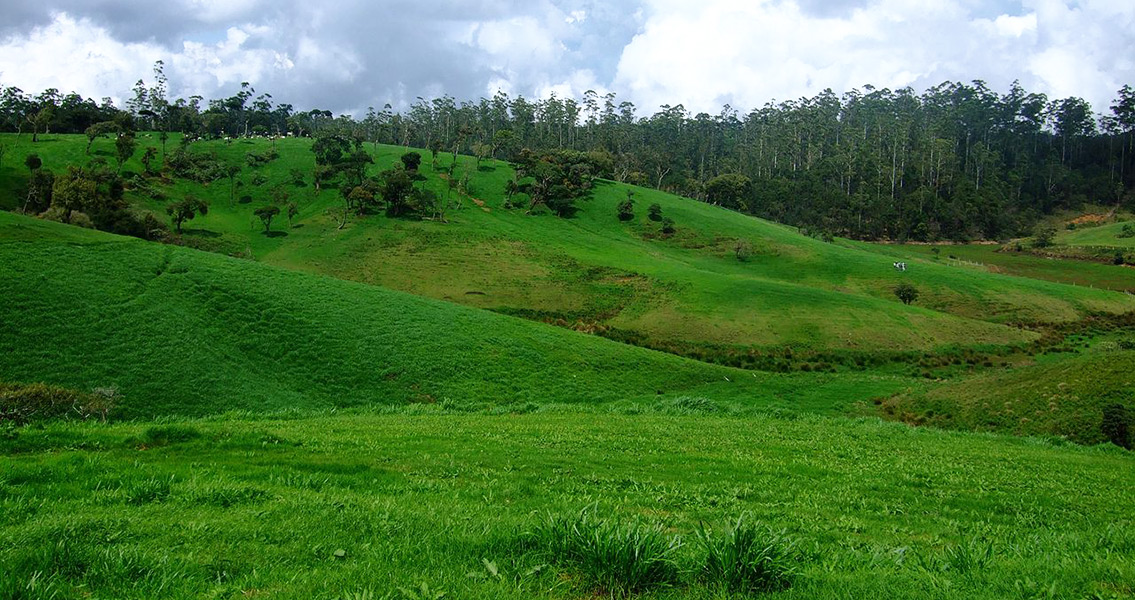<![CDATA[Grass-based foods, including not just plants but also the animals that eat them, make up a lot of the human diet. Until recently, the scientific consensus was that our ancient ancestors dropped from the trees and started looking for food on the ground around 3.4 million years ago. A new study, however, has discovered that this probably happened 400,000 years earlier, based on the analysis of carbon isotopes in fossil teeth from a number of species. The research team, led by Naomi E. Levin from the Department of Earth and Planetary Studies at Johns Hopkins University, analysed 152 tooth fossils from several animal species – pigs, antelopes, giraffes, and an extinct baboon species among them – and ancient hominins, all found within an area spanning 100 sq miles in the Afar region of Ethiopia. They looked for distribution patterns of carbon isotopes, which are used as markers for the types of food the animal ate, Heritage Daily reports. The results revealed that both the baboons and the hominins ate grass-based foods, collectively known as C4 resources, as far back as 3.76 million years ago. In their paper, published in the Proceedings of the National Academy of Sciences, the authors note that while it had been established that the early hominins’ diet was diversifying by 4.2 million years ago, available isotopic evidence failed to accurately point to when exactly C4 resources had become part of this diet. The implications of pinpointing the moment in time when those early human ancestors such as the Australopithecus afarensis diversified their diet, are important, because the dietary shift was directly linked to bipedalism and a better adaptability. When the first primates emerged on the evolutionary scene, they were pretty much tree-bound, which meant they were also bound to a certain limited number of habitats. By learning to walk on the ground, and upright at that, their hominin heirs gained access to more food sources and could move over greater distances, which meant they could survive and thrive in more diverse habitats than their ancestors. It is possible that climate change had a role to play in the dietary changes they observed, but the authors of the study report that they were unable to establish such a link firmly, instead suggesting that the emergence of new primate species was an important factor as it changed the ecology of the already existing primate communities. One of these new species was the now extinct baboon Theropithecus oswaldi, which joined the primate community around 3.76 million years ago, around the time the dietary change started to take place. It is with relation to these primates that Levin’s team found something very interesting. It appears that these large baboons started eating grass and grass-based foods before their teeth changed shape to be more suitable for grazing. This shape change only happened after they learned to walk on the ground. Study co-author Johannes Haile-Selassie from the Cleveland Museum of National History told Heritage Daily that the results “indicate that form does not always precede function. In the earliest baboons, dietary shift toward grass occurred before its teeth were specialized for grazing.” For more information: “Dietary change among hominins and cercopithecids in Ethiopia during the early Pliocene” Image courtesy of Wikimedia Commons user: Rehman Abubakr ]]>
Grass-Based Foods in Hominin Diet Earlier Than Thought
